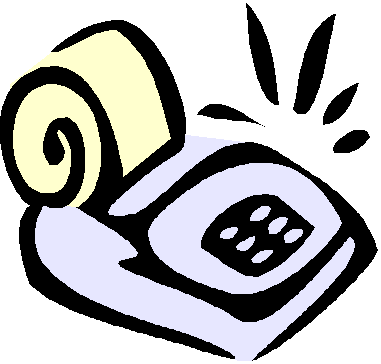
Assessment Measures
There are two different approaches that can be used in assessing your library's collection. The first is to measure the collection itself. The second is to measure the use of the collection. First, we will examine the measures that can be used to measure the collection itself. Later, we will look at measures for collection use.

Quantitative Measures for Library Collections
There are two different kinds of measures for evaluating a library collection. The first kind of measure is quantitative. These measure how many items are in the collection, as well as the age of the items and the potential use of the items.
For example, the simplest measure of this kind is a measure of the number of items in the collection or in a particular subject area within the collection. This is usually done by a shelflist measure or with a system report if the library is automated. If you have an automated system, the system should be able to give you a count of items within a specific range of classification numbers. If you do not have an automated shelflist, shelflist measures can be conducted in two ways. The first is to count the number of cards in the set of classification numbers that you are assessing. For large segments of the shelflist another way is to make an estimate of the number. This is done by making a count in a random sample of inches within the shelflist. An average is taken from these counts. Then the average is applied to the total number of inches within that part of the shelflist. (Needless to say, the ease with which processes such as shelflist measures can be conducted is one of the advantages of having an automated system.)

Another kind of quantitative measure looks at the number of items added to the collection in a particular subject area during the previous year. Often for larger libraries this acquisition level is compared to other parts of the collection or to the collection as a whole by using an acquisition rate. The acquisition rate is figured by dividing the number of acquisitions in a particular subject area (usually defined by classification numbers) for the previous year by the total number of items in that collection area at the beginning of that year.
For example, if your math collection (510's in the Dewey Classification System) contained 400 items at the beginning of the year, and you add 30 items this year, your acquisitions rate for that section of the library will be .075 or 7.5%
In academic or school libraries, another measure that is sometimes used is a measure of the number of items per student in a particular program or the number of items that would support a particular course of study. Thus, if you are in a college that has a very large business program, then it would be expected that your business collection would be larger than for a college that specialized in liberal arts. The measure here would be items per student, and it would be calculated by dividing the number of items in the section by the number of students within the program(s) who would make the most use of these items. If the items per student measure is going to be used, it should be combined with qualitative and client-center measures. Unfortunately, some accreditation agencies have used items per student as the sole measure for evaluating a library's collection, and as a result, librarians have sometimes been pressured by administrators not to weed out-of-date or unattractive materials. If items are not useful to the library's clientele, the collection is poor, no matter what its size.
Click on the arrow to go on to next page